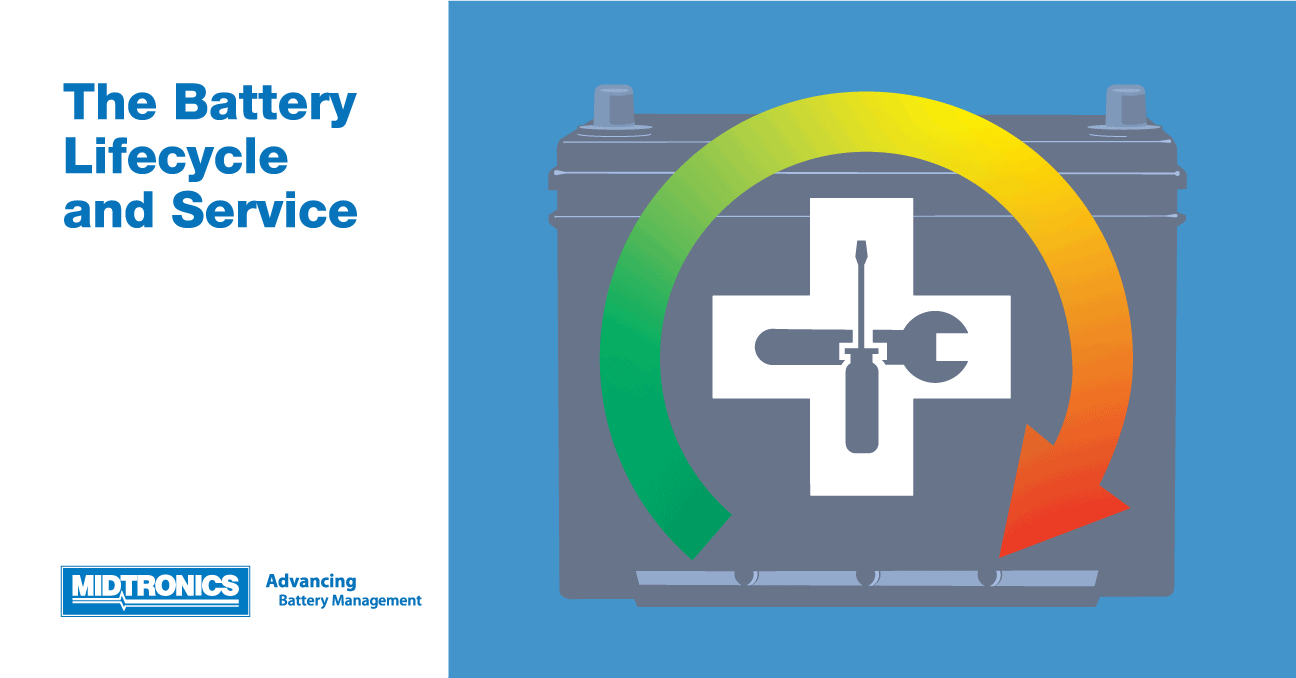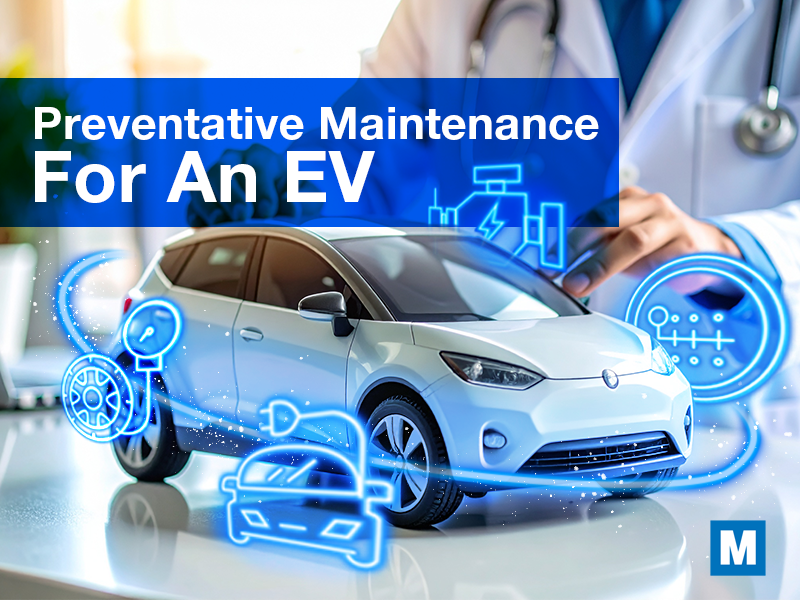Breaking down the statistics
By the end of 2020 we saw 312 million vehicles on the European roads. Big, small, old, new – they all had one thing in common: a battery. And that battery was yet again the number one troublemaker, according to the ARC roadside assistance group.
In 2020 9,5 million combustion engine vehicles broke down due to problems with their battery and electrical system. That’s over 50% of all vehicle breakdowns. A number that should be vastly lower, if our test result archive is anything to go by; we estimated beforehand that some 11,9 million batteries would get a replace decision and that the client would be willing to get it replaced. So. What happened to those 9,5 million breakdowns? What went wrong?
The battery lifecycle
In most workshops, the battery tester is still only used when a client has a distinct battery related issue. But there are many more parties within the battery lifecycle who could – and probably should start testing as well. A battery does not go bad overnight and there are plenty of cases where a battery starts to deteriorate long before it ever reaches the owner. So who are these parties and what could they do to improve on the overall battery life expectancy (and thereby their product and service quality)?
- Battery Manufacturing – After a battery is manufactured a standard Pre delivery inspection test should be performed to pick out bad products (pre-consumer scrap)
- Vehicle Production – Once a battery is installed in a vehicle, the electrical systems are also connected to the battery. This may speed up premature battery failure. From this point onwards it becomes important to test the battery at least once a month until arriving at its new owner’s doorstep.
- (Transportation to) dock and/or car park – In reality it can take some time before a manufactured vehicle is actually shipped to its new owner or the dealership. Vehicles can easily remain parked for up to 6 months before they are transported to their dealer/owner. That’s long enough for a battery to go bad. Now, some of these batteries are disconnected for that period, but no matter the connection or disconnection; the once-a-month test should be performed, as well as a pre-delivery inspection test once the vehicle goes out to its dealer/owner. If a battery seems to be falling down in health, it’s key to find the root of the problem. In some cases the battery is simply bad, or needs a simple charge and in other cases you might be dealing with a problem in the electric system.
- (Transportation to) dealer – Selling a vehicle that runs a flat battery, weeks after a sale is of course bad business. Keeping your inventory healthy, means regular battery checks, a pre-delivery inspection, and, if you want to give proper service we advise to give the battery one last charge top off before it goes out to its new owner.
- Car owner / maintenance service – Car usage offers the battery a different set of challenges to deal with. Long trips once a month, or perhaps daily but very short mileage trips. And what about driving in extreme heat or extreme cold? Extended holidays, leaving the car at home? Where some batteries may easily live up to 6 years, others may be spent after just months. In general we see batteries live 3 to 5 years, but regardless, it remains key to give your battery regular checks and service where needed. It’s better to test once too many, than once too few, to avoid vehicles becoming stranded in the cold.
- Demolition and recycling – When the battery has reached end of life (remember those 9,5 million breakdowns?) it goes out to a demolition station where it is recycled. Lead acid batteries are particularly suitable for recycling. Up to 95% of its materials can be extracted and re-used. But that doesn’t mean we should aim for rushing batteries through their life cycles; it is still an energy consuming, expensive, not to mention client-frustrating process to see a battery fail prematurely.
Preventive maintenance
To prevent such frustrations and unsatisfied customers, it’s essential that we all do our part. Also, managing your batteries shouldn’t give you a headache. Nor should your warranty costs. Midtronics is here to help you out and relieve the stress. With our newest battery and system diagnostic devices we have a tool for your every need. From quick and hand-held, to deep dive full diagnostic charges. And the best of it is that you can track your batteries throughout their lifecycle with our BMIS information system, thereby preventing your clients from ending up like those poor 9,5 million car owners did last year.




